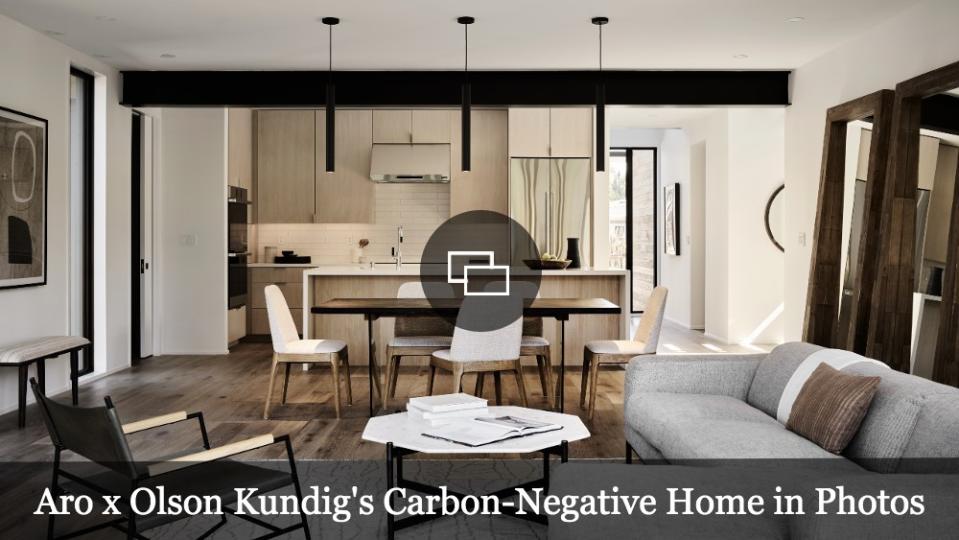A State-of-the-Art, Carbon-Negative Home in the Bay Area Sells for $4 Million
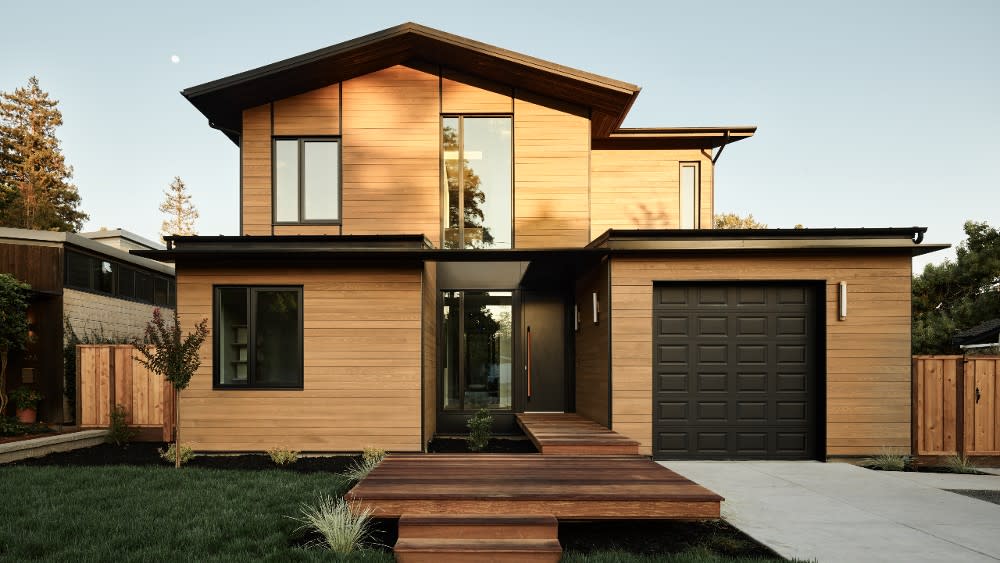
Reducing impact on the environment is crucial for many home builders and architects who seek innovative ways to engineer homes with sustainable features and small carbon footprints.
Aro Homes, a California-based carbon-negative housing startup, is pioneering an approach to engineering and building net-zero homes faster and more efficiently than conventional homes through a hybrid off-site/on-site construction strategy. Each home is designed with sustainable features, precision engineering, and modern design, and components are built at Aro’s plant in Sacramento and then delivered and installed on the lot. It whittles the 18-plus-month home building process down to approximately 90 days while building with durable, high-quality materials.
More from Robb Report
Julia Roberts Just Sold Her Charming San Francisco Home in a Flash
This $3 Million Villa in Costa Rica Looks Out Over the Pacific Ocean From Its Treetop Perch
A Lavishly Customized South Florida Mansion With Broadway Ties Returns for an Encore
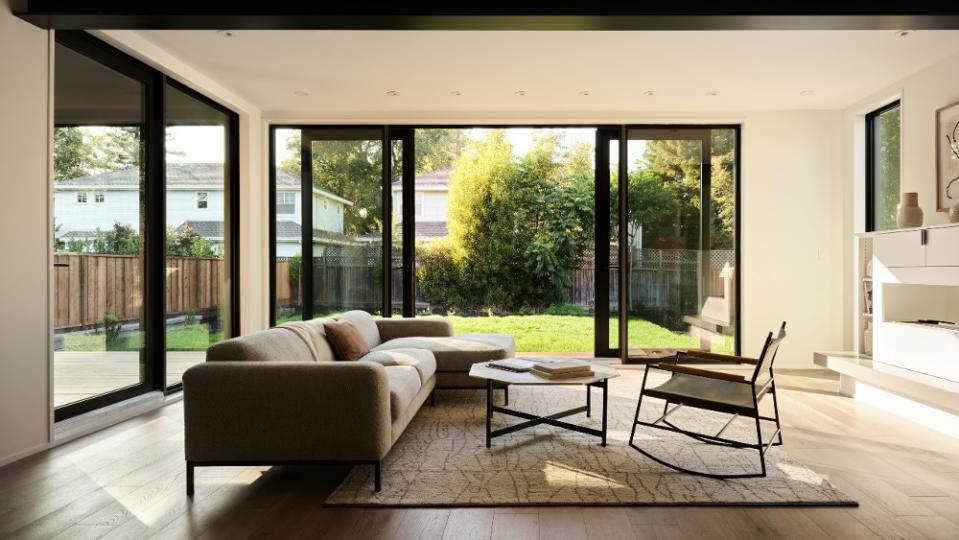
The startup tapped renowned Seattle-based architectural firm Olson Kundig, known for its cutting-edge, site-specific designs, to help create its first-ever spec home in Mountain View, California, near Silicon Valley. The resulting home was recently sold for $4 million. The 3,000-square-foot home has four bedrooms, three bathrooms, a flex office space, and an emphasis on indoor-outdoor living. The entry has a steel canopy, which will continue to be a design signature for each of the homes, and inside, there are convivial open-plan spaces with plenty of natural light.
The spec-built home is the first prefabricated design from Olson Kundig and Aro’s first built residence. The home delivers a high-quality architectural experience, thanks to Olson Kundig’s thoughtful design, and this exact layout and design will be replicated in Silicon Valley and, later, in other cities.
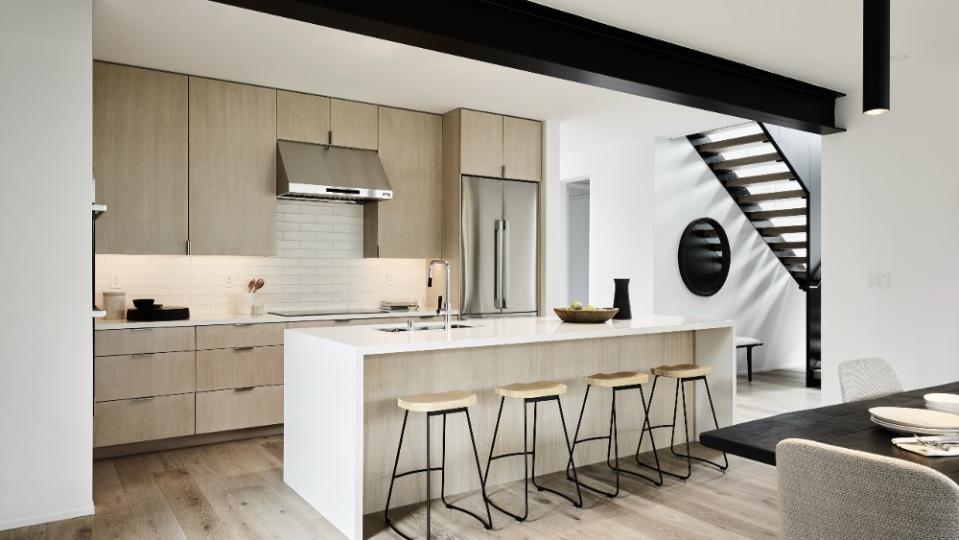
“We started with a plan that we knew could be carbon negative, beautiful to live in and feature an outstanding home design,” says Aro Homes CEO Carl Gish. “We worked alongside Olson Kundig and engineers to see how we could build large sections of the home off-site in a controlled environment, transport them, and finish assembly on site. We were very deliberate about how we built it and the materials that went into it. There’s amazing craftsmanship and material quality.”
In fact, Aro’s homes produce more energy than they use, thanks to the engineering focus behind the construction. This home, as with each subsequent residence, is fully electric and requires minimal fossil fuels to run. Eco technologies include low-voltage lighting, Span electrical panels, battery storage, electric heat pumps, high-R-value windows, maximum-efficiency solar, and high-velocity HVAC. There’s also an option for gray water reclamation and reuse, which can reduce water usage by up to 45% compared to a standard home.
The residence is also oriented to maximize sunlight for the roof-mounted photovoltaic solar array, which will actually produce more electricity than the house uses in one year. This is enough to offset its initial embodied carbon within 16 years and ultimately become net environmentally positive.
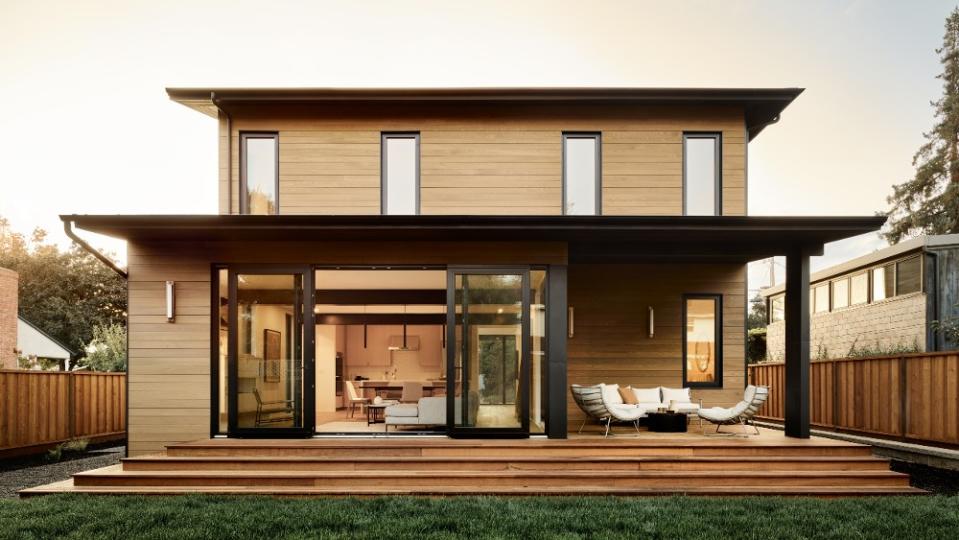
Each home has highly insulated, weather-proofed exteriors, like roofs and cladding, that are built to exceed state and local building standards and last more than 70 years thanks to high-quality, durable materials. For example, the cladding for the Silicon Valley home uses acetylated wood siding and metal roofing.
“Nearly 23% of global carbon emissions come from residential housing,” Gish says. “We are focused on lowering emissions as quickly and as efficiently as possible.” The startup is definitely off to a good start.
Click here for more photos of Aro and Olson Kundig’s first carbon-negative home.
Best of Robb Report
Sign up for Robb Report's Newsletter. For the latest news, follow us on Facebook, Twitter, and Instagram.

